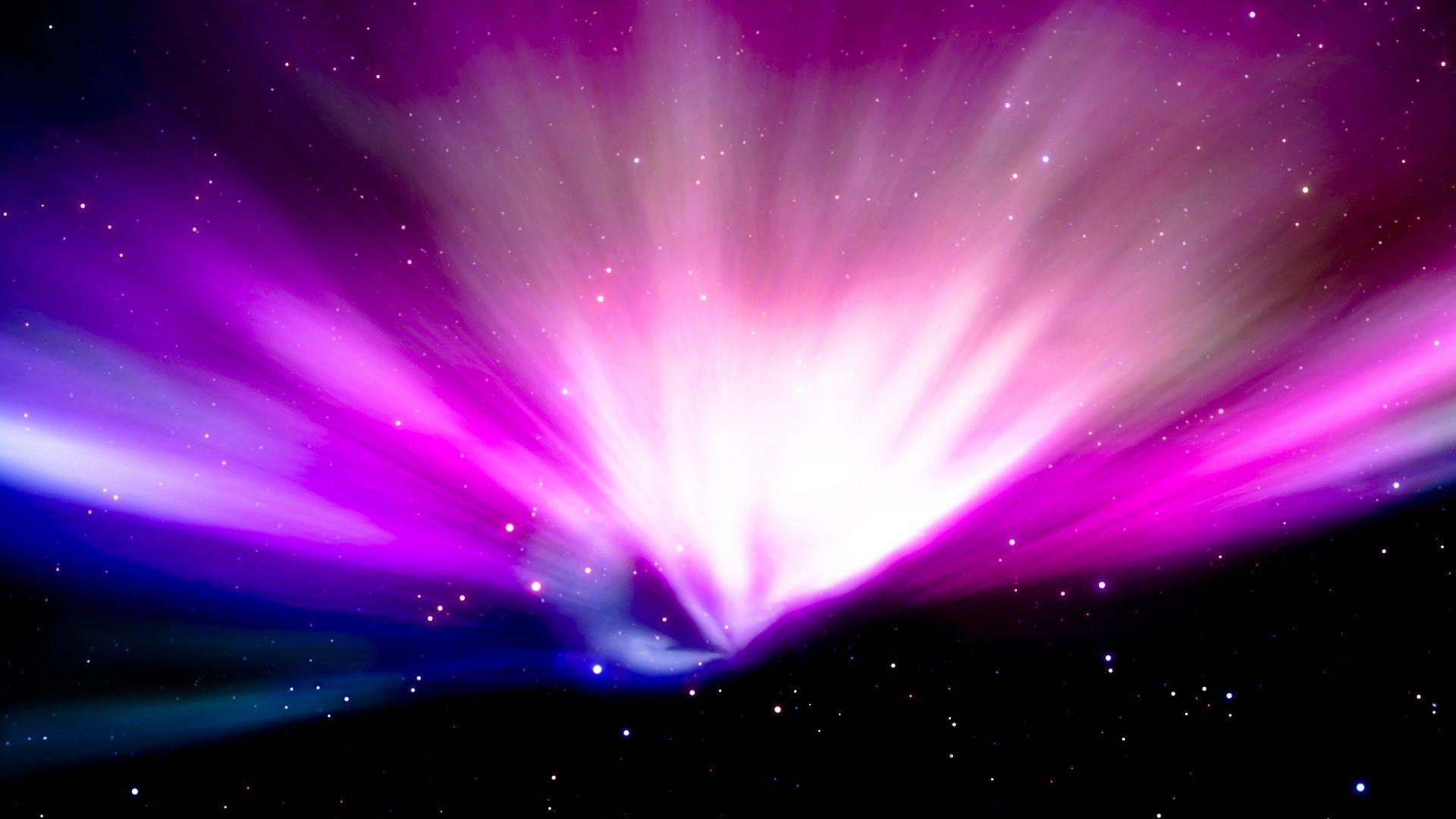4500mhd For Mac Os X
- 4500mhd For Mac Os X 10.13
- 4500mhd For Mac Os X 10.8
- 4500mhd For Mac Os X 10.7
- 4500mhd For Mac Os X 10.10
Mac OS, operating system (OS) developed by the American computer company Apple Inc. The OS was introduced in 1984 to run the company’s Macintosh line of personal computers (PCs). The Macintosh heralded the era of graphical user interface (GUI) systems, and it inspired Microsoft Corporation to develop its own GUI, the Windows OS. Apple Mac OS X El Capitan Free VIEW →. OS X El Capitan features new options for managing windows, smarter Spotlight search, app enhancements, and faster performance.
Mac OS X is Apple's operatingsystem for its line of Macintosh computers. Its interface, known asAqua, is built on a Unix foundation. Although ithas much of the look and feel of the former Mac OS,features such as preemptive multitasking, symmetric multiprocessing,multithreading, and protected memory give Mac OS X improved stabilityand performance. For the current version's system requirements, seeApple's Mac OS XTechnical Specifications.
Currently, four Mac OS X-related products are available:
Mac OS X: This is the version most Macintoshowners should use. It is a consumer operating system designed for useon your personal computer. For more information, see Apple's Mac OS X page and Developer page forMac OS X.
Mac OS X Server: This is Apple's server operatingsystem. It is similar to the consumer release of Mac OS X, but alsoincludes a suite of network services, such as a print server, filesharing, QuickTime streaming, NetBoot, and advanced webhosting. For more information, see Apple's Mac OS X Server page.
iOS: Based on Mac OS X, versions of iOS run on theiPhone, the iPod touch, and the iPad. The iOS was designed forhandheld devices, and is much more tightly controlled than otherversions of Mac OS X. Despite their shared origins, applications(apps) developed for iOS are not compatible with Mac OS X, and viceversa.

Darwin:Darwin is the Unix-likefoundation upon which Mac OS X is based. Its code is opensource, and it is available as a stand-alone operatingsystem. Although Darwin will run many Unix applications, including theX Window System, it does not have the Mac OS X interfaceand thus will not run Mac OS X applications. For more information, seeApple's Developer Open Sourcepage.
Devices and Mac OS X version
VLC media player requires Mac OS X 10.7.5 or later. It runs on any 64bit Intel-based Mac. Previous devices are supported by older releases.
Note that the first generation of Intel-based Macs equipped with Core Solo or Core Duo processors is no longer supported. Please use version 2.0.10 linked below.
Web browser plugin for Mac OS X
Support for NPAPI plugins was removed from all modern web browsers, so VLC's plugin is no longer maintained. The last version is 3.0.4 and can be found here. It will not receive any further updates.
Older versions of Mac OS X and VLC media player
We provide older releases for users who wish to deploy our software on legacy releases of Mac OS X. You can find recommendations for the respective operating system version below. Note that support ended for all releases listed below and hence they won't receive any further updates.
Mac OS X 10.6 Snow Leopard
Use VLC 2.2.8. Get it here.
4500mhd For Mac Os X 10.13
Mac OS X 10.5 Leopard
Use VLC 2.0.10. Get it for PowerPC or 32bit Intel.

Mac OS X 10.4 Tiger
4500mhd For Mac Os X 10.8
Mac OS X 10.4.7 or later is required
Use VLC 0.9.10. Get it for PowerPC or Intel.
Mac OS X 10.3 Panther
QuickTime 6.5.2 or later is required
4500mhd For Mac Os X 10.7

Use VLC 0.8.6i. Get it for PowerPC.

4500mhd For Mac Os X 10.10
Mac OS X 10.2 Jaguar
Use VLC 0.8.4a. Get it for PowerPC.

Mac OS X 10.0 Cheetah and 10.1 Puma
Use VLC 0.7.0. Get it for PowerPC.
